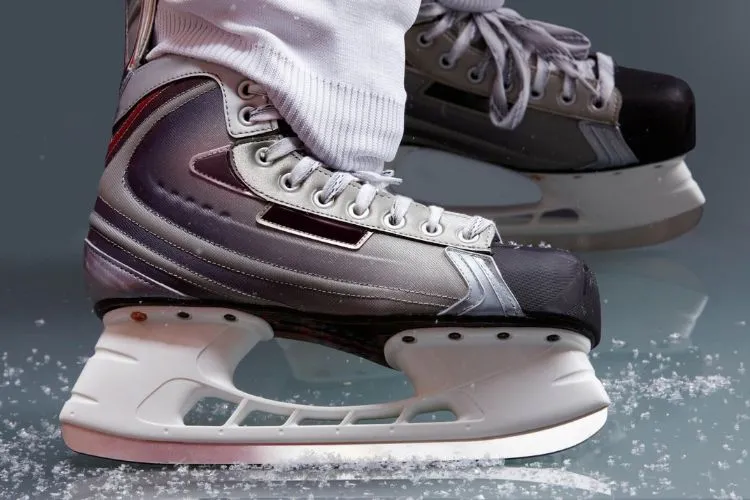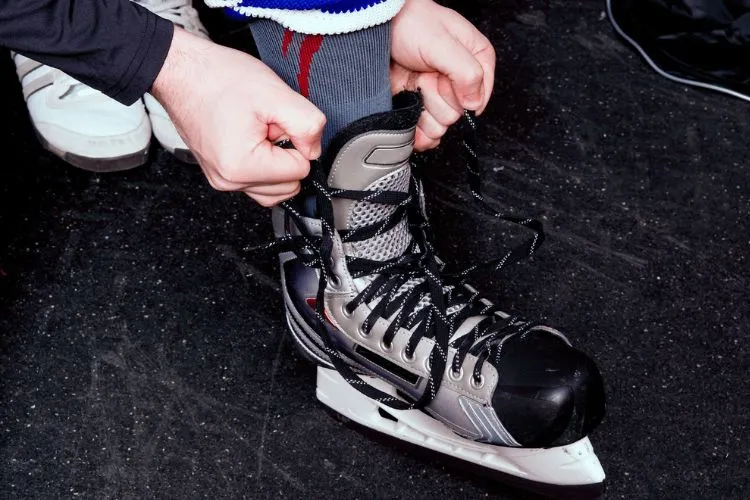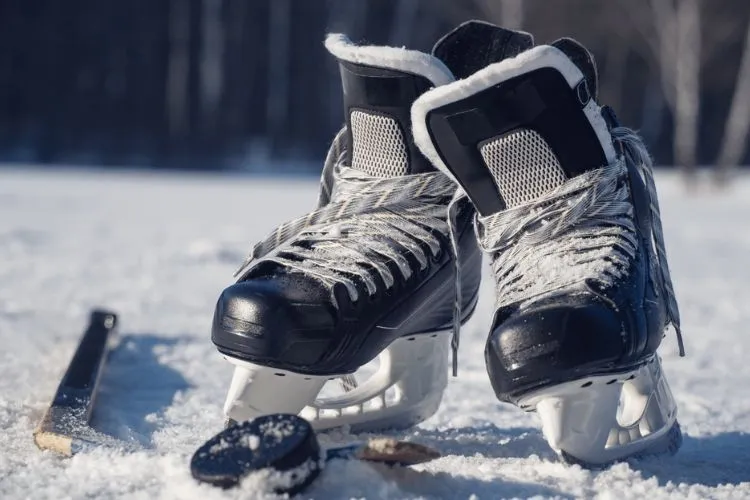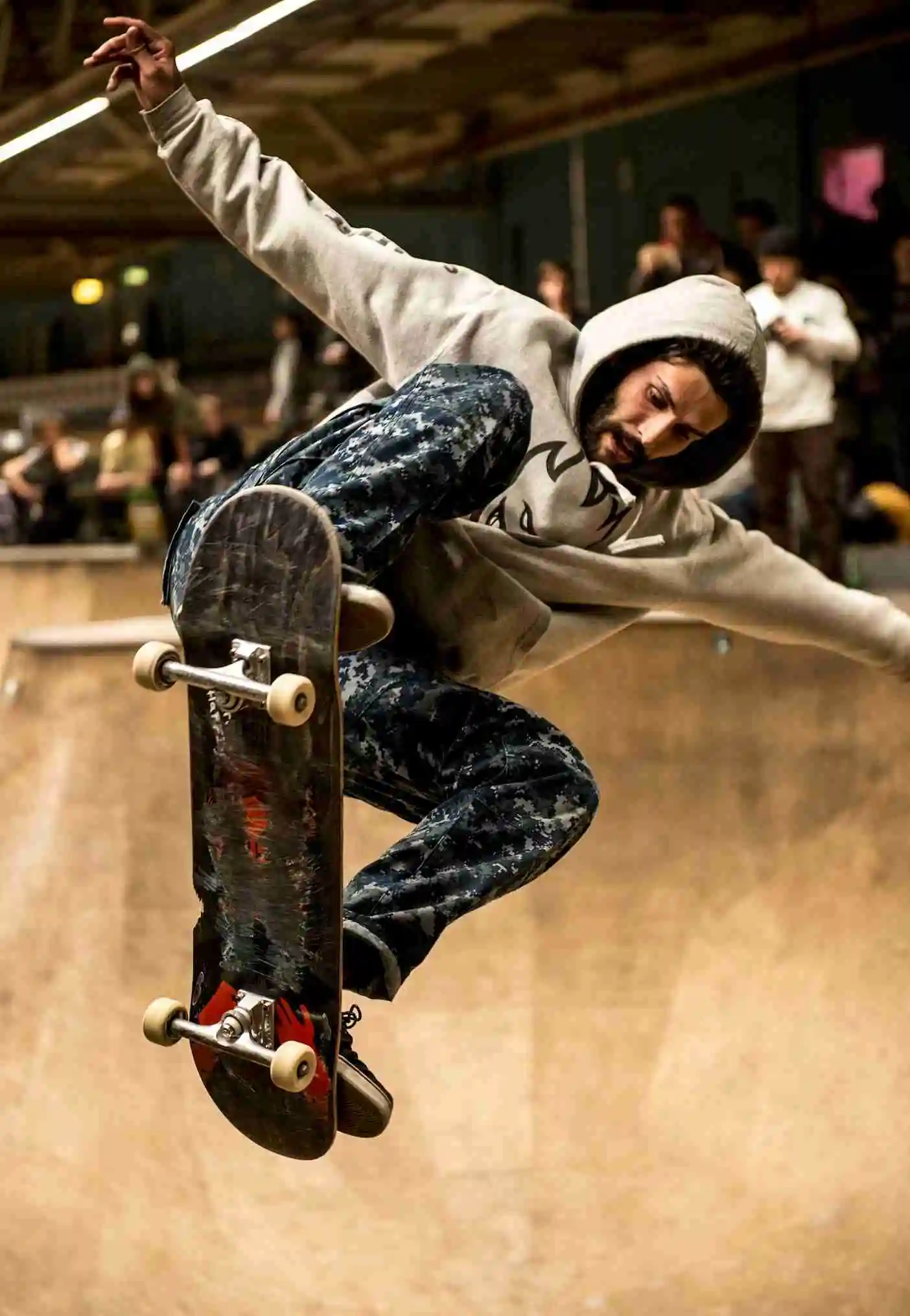Hockey skates, the critical gear every player steps onto the ice with, dictate performance and play a vital role in the sport. The question of how long hockey skates last is complex.
It depends on various factors, including the frequency of use, maintenance habits, and the skating environment. This article aims to dive into how long do hockey skates Last, offering insights into prolonging the life of your hockey skates.

Understanding the Construction of Hockey Skates
Hockey skates comprise several materials such as leather, synthetic composites, and carbon fiber, all contributing to their durability and performance.
The boot, holder, and blade are the main components. The quality of these materials directly impacts the skate’s lifespan. High-quality materials tend to last longer but also come at a higher cost.
How Long Do Hockey Skates Last?
Frequency of Use
The more you skate, the quicker your skates will wear out.
Casual skaters might find their skates lasting several years, while professionals might need replacements more frequently due to the intense and frequent usage.
Maintenance Practices
Proper care can significantly extend the life of hockey skates. Drying them thoroughly after each use prevents the buildup of moisture that can damage the blades and boot.
Regular cleaning keeps away materials that can degrade the skate’s components, while professional sharpening ensures the blades perform well for longer.
Skating Environment
Skating on well-maintained indoor ice is less harsh on skates than outdoor rinks or poor-quality ice, which can have imperfections that cause more wear and tear.
Skater’s Style and Weight
Aggressive skaters exert more force on their skates, accelerating wear. Similarly, a heavier skater puts more stress on the skates than a lighter individual, potentially reducing the skate’s lifespan.
Signs of Wear and When to Replace

Observing visible wear on the boot, issues with the holder or blade, and a loss in comfort or support are clear indicators it’s time for a new pair.
Decreased performance and safety concerns, such as the blade not holding an edge, also signal the need for replacement.
Pro Tips for Extending Skate Lifespan
Ensuring skates dry out completely after use is paramount. Storing them in a way that maintains their shape and using blade covers to protect from nicks and rust can also make a difference.
Additionally, investing in professional maintenance like sharpening and checks can keep skates in top condition for longer.
Replacement and Upgrade Considerations
Deciding whether to repair or replace skates often comes down to the cost versus the benefit of new skates. If performance is being compromised, or if repairs are becoming frequent and costly, it may be time for an upgrade.
In conclusion, the lifespan of hockey skates hinges on how they’re used, cared for, and the conditions they’re exposed to. By adhering to the maintenance tips shared, players can ensure their skates serve them well for as long as possible.
Choosing the Right Hockey Skates for Longevity

Choosing the right hockey skates for longevity is paramount in extending the life of your gear. The key factors to consider include the player’s level of play, weight, and specific skating style. Skates are designed with varying degrees of stiffness and support to cater to different skill levels from beginner to professional.
A player’s weight also influences the durability and appropriate support level of the skate; heavier players may require skates with more reinforcement to withstand the additional force.
Moreover, one’s skating style—whether aggressive and fast-paced or more leisurely and controlled—demands different features from the skate for optimal performance and wear resistance.
Skates matching the player’s requirements ensure not only better performance but also reduce the risk of premature wear, providing a sound long-term investment in one’s hockey equipment.
Selecting skates with these criteria in mind helps in finding a pair that not only meets the player’s needs but also endures the rigors of the sport over time.
Safety Considerations Related to Worn Out Skates
Worn-out hockey skates pose significant safety risks, including reduced stability, increased potential for falls, and ankle injuries due to insufficient support.
Degraded blades may not grip the ice properly, leading to unpredictable skating dynamics and accidents. Timely replacement of skates is crucial for maintaining safety and performance on the ice.
You may also read: How to Lace Hockey Skates? | Do Hockey Skates Have Toe Picks?
Frequently Asked Questions (FAQs)
How often should hockey skates be sharpened?
It depends on how much you skate, but a general rule is once every several uses or when you feel a decrease in performance.
Can you replace the blade on hockey skates?
Yes, most modern hockey skates have replaceable blades, which can extend the life of your skates.
How do you know if your hockey skates are too worn out?
Signs include visible damage, loss of comfort, and a decrease in performance.
What is the average lifespan of a pair of hockey skates?
It varies based on usage and maintenance, but skates can last anywhere from a couple of seasons to several years.
Does freezing hockey skates ruin them?
Yes, freezing can damage the materials and decrease the skates’ lifespan. Always let them dry at room temperature.
Is it better to repair or replace old hockey skates?
Consider the cost of repairs versus replacement. If performance is compromised, replacement might be the better option.
Conclusion
In conclusion, the lifespan of hockey skates is influenced by a combination of usage frequency, maintenance quality, and the conditions under which they are used.
Proper care, such as thorough drying, correct storage, and regular blade sharpening, can notably extend their service life. Identifying signs of wear early can help in deciding whether to repair or replace the skates.
Ultimately, with mindful attention to their care, hockey skates can serve players reliably over multiple seasons, ensuring peak performance on the ice.

Matthew James is a passionate skater who wanted to create a platform to share his love for skating with others. With a vision to create a vibrant community of skaters, he aims to provide a space where skaters of all levels can connect, learn, and grow together.
